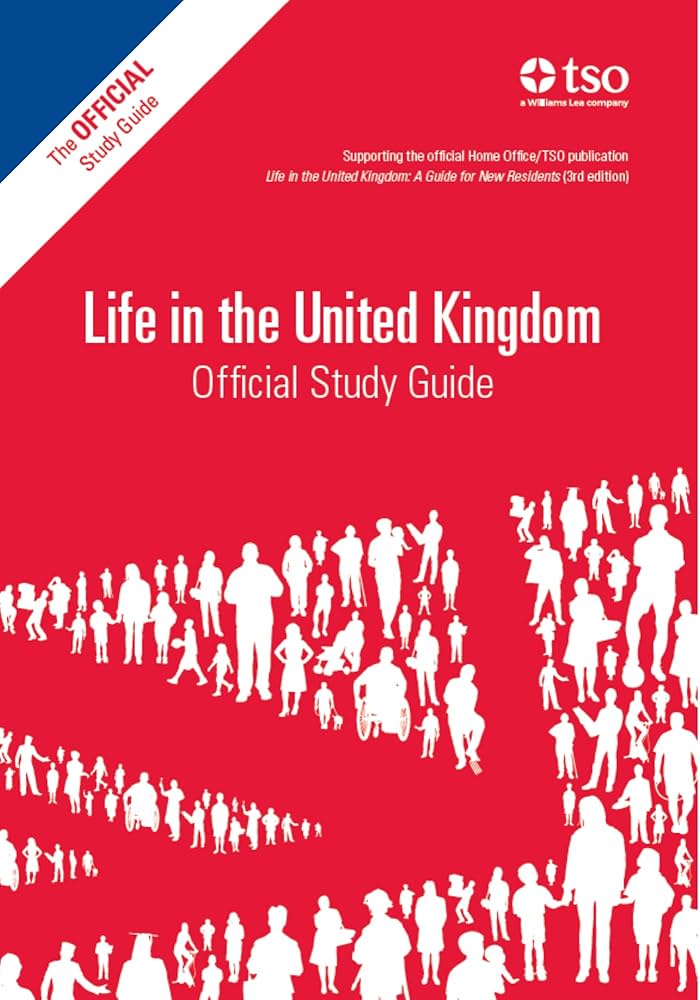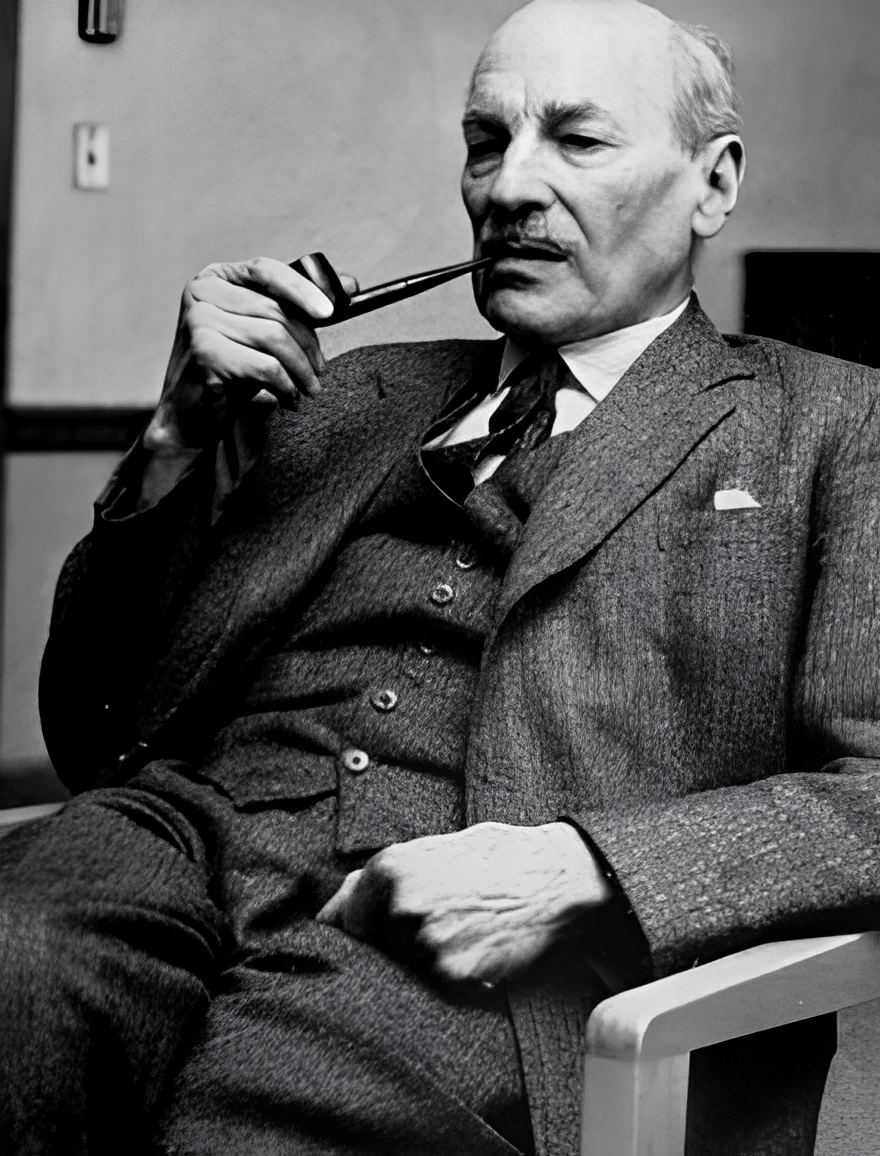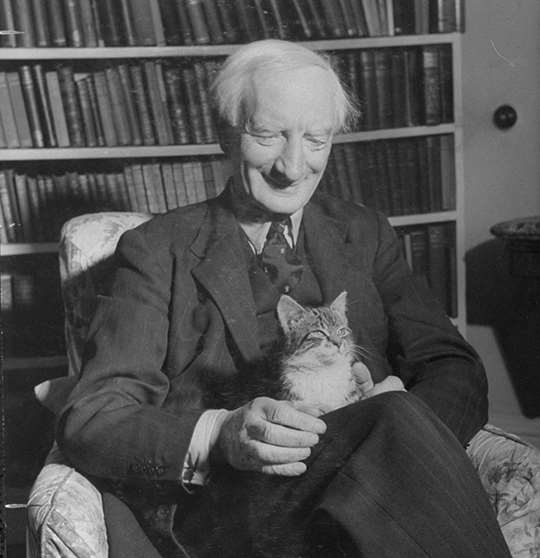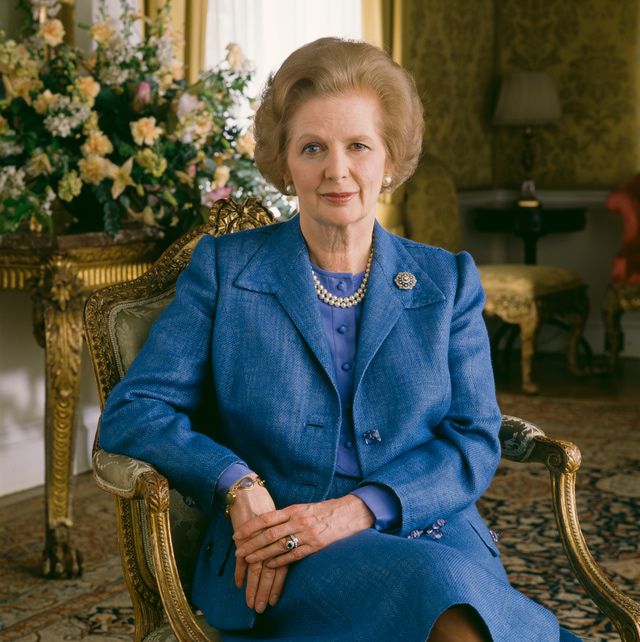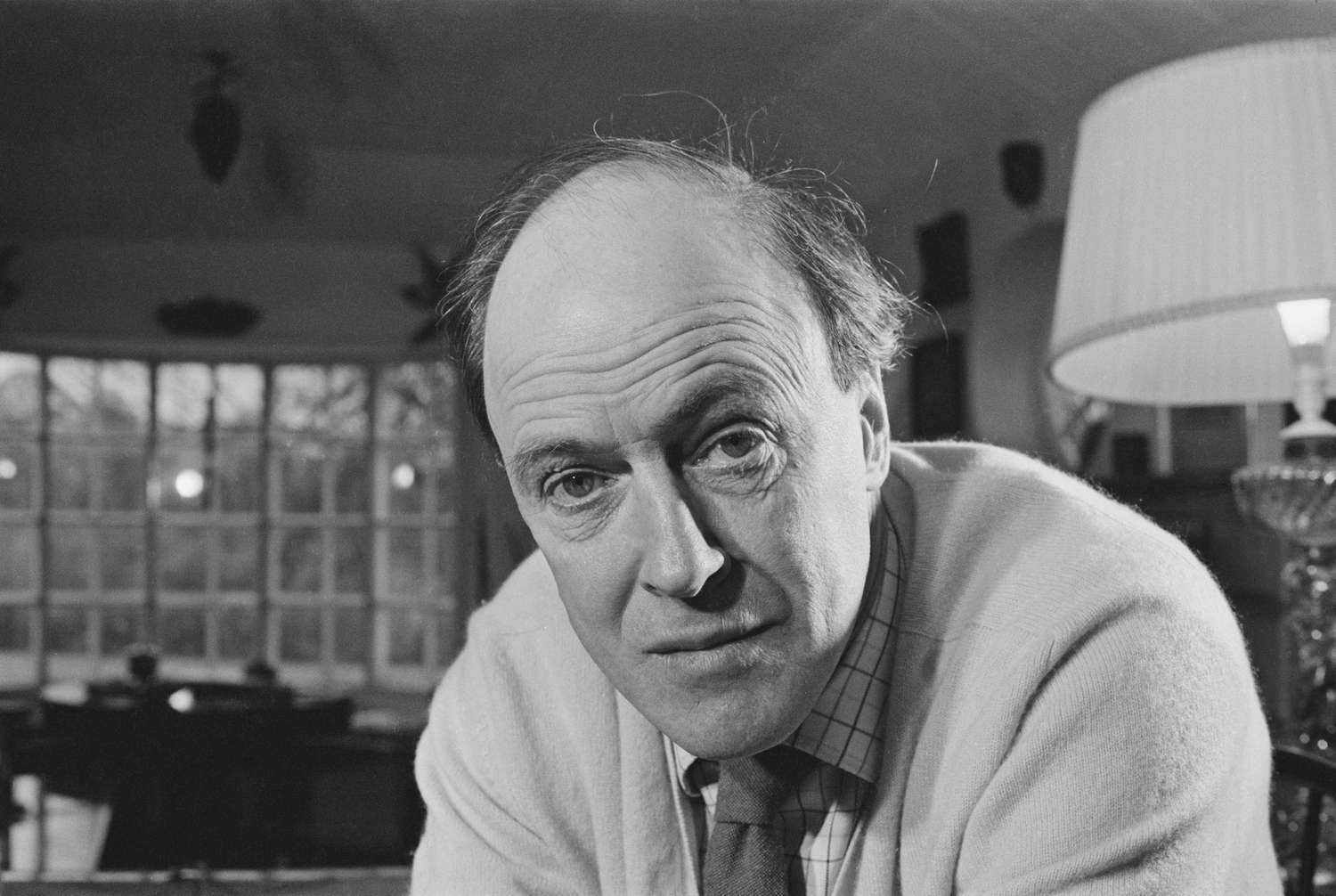R A Butler (1902–82)
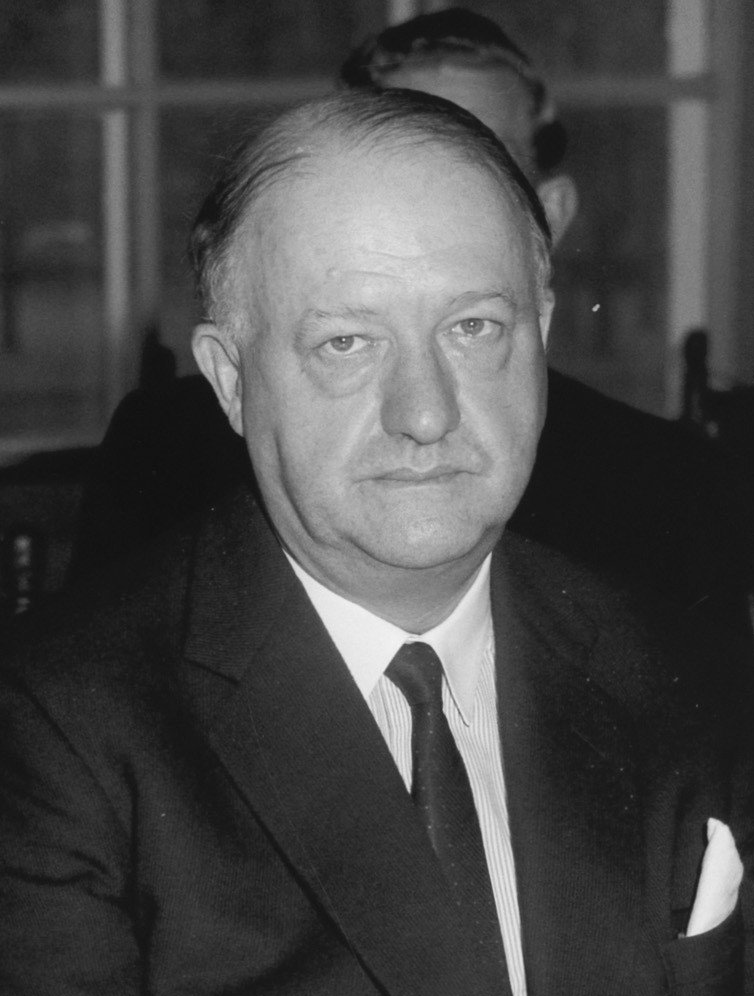
Richard Austen Butler (later Lord Butler) was born in 1902. He became a Conservative MP in 1923 and held several positions before becoming responsible for education in 1941. In this role, he oversaw the introduction of the Education Act 1944 (often called ‘The Butler Act’), which introduced free secondary education in England and Wales. The education system has changed significantly since the Act was introduced, but the division between primary and secondary schools that it enforced still remains in most areas of Britain.
Dylan Thomas (1914–53)
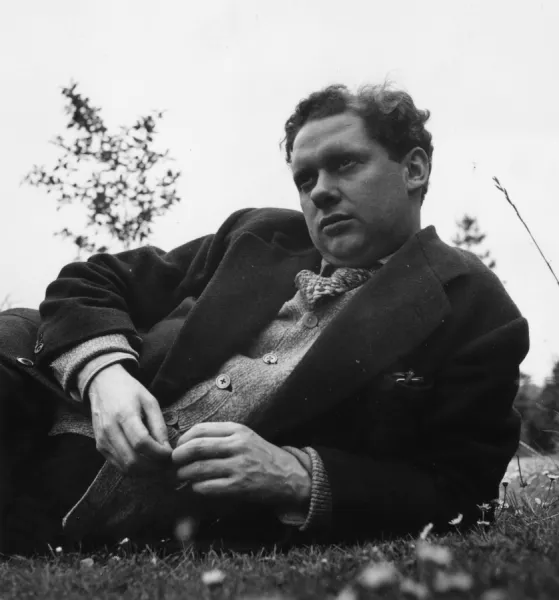
Dylan Thomas was a Welsh poet and writer. He often read and performed his work in public, including for the BBC. His most well-known works include the radio play Under Milk Wood, first performed after his death in 1954, and the poem Do Not Go Gentle into That Good Night, which he wrote for his dying father in 1952. He died at the age of 39 in New York. There are several memorials to him in his birthplace, Swansea, including a statue and the Dylan Thomas Centre.
Migration in post-war Britain
Rebuilding Britain after the Second World War was a huge task. There were labour shortages and the British government encouraged workers from Ireland and other parts of Europe to come to the UK and help with the reconstruction. In 1948, people from the West Indies were also invited to come and work.
During the 1950s, there was still a shortage of labour in the UK. Further immigration was therefore encouraged for economic reasons, and many industries advertised for workers from overseas. For example, centres were set up in the West Indies to recruit people to drive buses. Textile and engineering firms from the north of England and the Midlands sent agents to India and Pakistan to find workers. For about 25 years, people from the West Indies, India, Pakistan and (later) Bangladesh travelled to work and settle in Britain.
Social change in the 1960s
The decade of the 1960s was a period of significant social change. It was known as ‘the Swinging Sixties’. There was growth in British fashion, cinema and popular music. Two well-known pop music groups at the time were The Beatles and The Rolling Stones. People started to become better off and many bought cars and other consumer goods.
It was also a time when social laws were liberalised, for example in relation to divorce and to abortion in England, Wales and Scotland. The position of women in the workplace also improved. It was quite common at the time for employers to ask women to leave their jobs when they got married, but Parliament passed new laws giving women the right to equal pay and made it illegal for employers to discriminate against women because of their gender.
The 1960s was also a time of technological progress. Britain and France developed the world’s only supersonic commercial airliner, Concorde. New styles of architecture, including high-rise buildings and the use of concrete and steel, became common.
The number of people migrating from the West Indies, India, Pakistan and what is now Bangladesh fell in the late 1960s because the government passed new laws to restrict immigration to Britain. Immigrants were required to have a strong connection to Britain through birth or ancestry. Even so, during the early 1970s, Britain admitted 28,000 people of Indian origin who had been forced to leave Uganda.
Some great British inventions of the 20th century
Britain has given the world some wonderful inventions. Examples from the 20th century include:
The television was developed by Scotsman John Logie Baird (1888–1946) in the 1920s. In 1932 he made the first television broadcast between London and Glasgow.
Radar was developed by Scotsman Sir Robert Watson-Watt (1892–1973), who proposed that enemy aircraft could be detected by radio waves. The first successful radar test took place in 1935.
Working with radar led Sir Bernard Lovell (1913–2012) to make new discoveries in astronomy. The radio telescope he built at Jodrell Bank in Cheshire was for many years the biggest in the world and continues to operate today.
A Turing machine is a theoretical mathematical device invented by Alan Turing (1912–54), a British mathematician, in the 1930s. The theory was influential in the development of computer science and the modern-day computer.
The Scottish physician and researcher John MacLeod (1876–1935) was the co-discoverer of insulin, used to treat diabetes.
The structure of the DNA molecule was discovered in 1953 through work at British universities in London and Cambridge. This discovery contributed to many scientific advances, particularly in medicine and fighting crime. Francis Crick (1916–2004), one of those awarded the Nobel Prize for this discovery, was British.
The jet engine was developed in Britain in the 1930s by Sir Frank Whittle (1907–96), a British Royal Air Force engineer Officer.
